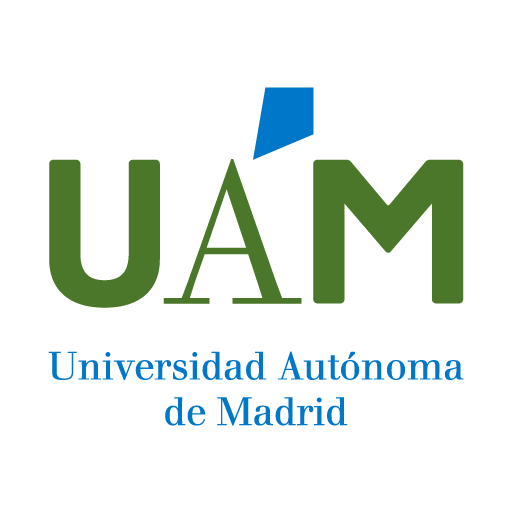
Indexado en
Licencia y uso

Grant support
This study was funded by the Intercept Pharma collaboration, International Investigator Research Project 16034.
Análisis de autorías institucional
Herranz Pinto, PedroAutor o CoautorPsoriasis and Liver Damage in HIV-Infected Patients
Publicado en:Cells. 10 (5): 1099- - 2021-05-01 10(5), DOI: 10.3390/cells10051099
Autores: Busca Arenzana, Carmen; Quintana Castanedo, Lucia; Chiloeches Fernandez, Clara; Nieto Rodriguez, Daniel; Herranz Pinto, Pedro; Delgado Hierro, Ana Belen; Olveira Martin, Antonio; Montes Ramirez, Maria Luisa
Afiliaciones
Resumen
Background/objectives: Psoriasis is the most frequent skin disease in HIV-infected patients. Nonalcohol fatty liver disease (NAFLD) is more prevalent in patients with psoriasis. We report the prevalence of psoriasis and NAFLD and investigate risk factors of liver damage in HIV-infected patients with psoriasis. Methods: We performed a retrospective observational study. Steatosis was defined as indicative abdominal ultrasound findings, CAP (controlled attenuated parameter by transient elastography) > 238 dB/m, and/or triglyceride and glucose index (TyG) > 8.38. Significant (fibrosis >= 2) and advanced liver fibrosis (fibrosis 10 and/or psoriatic arthritis) in 27.5% of cases. The prevalence of steatosis was 72.5% (95% CI, 65-85). Severe psoriasis was an independent risk factor for steatosis (OR, 12; 95% CI, 1.2-120; p = 0.03). Significant liver fibrosis (p < 0.05) was associated with HCV coinfection (OR 3.4; 95% CI, 1.1-10.6), total CD4 (OR 0.99; 95% CI, 0.99-1), and time of efavirenz exposure (OR 1.2; 95% CI, 1.0-1.3). Conclusions: The prevalence of psoriasis in HIV-infected patients was similar to that of the general population. Steatosis is highly prevalent, and severe psoriasis is an independent risk factor for steatosis in HIV-infected patients.
Palabras clave
Indicios de calidad
Impacto bibliométrico. Análisis de la aportación y canal de difusión
El trabajo ha sido publicado en la revista Cells debido a la progresión y el buen impacto que ha alcanzado en los últimos años, según la agencia Scopus (SJR), se ha convertido en una referencia en su campo. En el año de publicación del trabajo, 2021, se encontraba en la posición , consiguiendo con ello situarse como revista Q1 (Primer Cuartil), en la categoría Biochemistry, Genetics and Molecular Biology (Miscellaneous).
2025-05-29:
- Google Scholar: 1
- WoS: 1
- Scopus: 2
- Europe PMC: 1
- OpenCitations: 1



